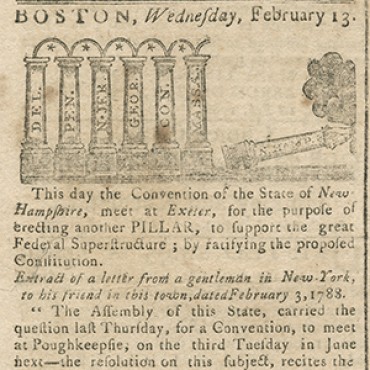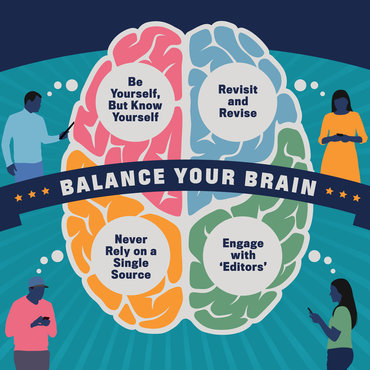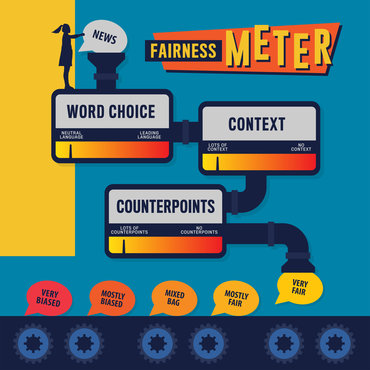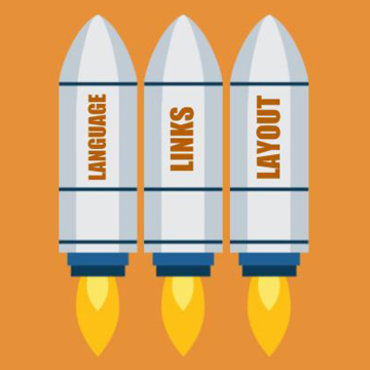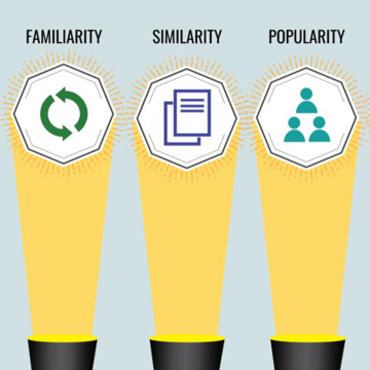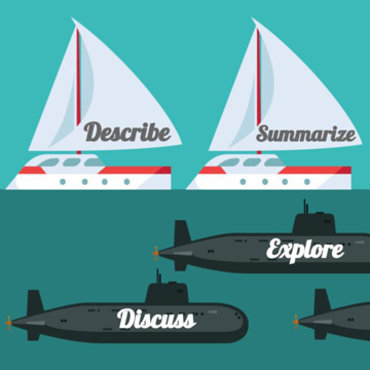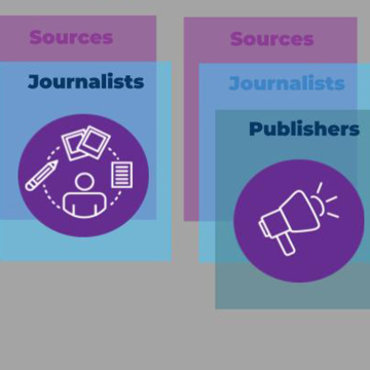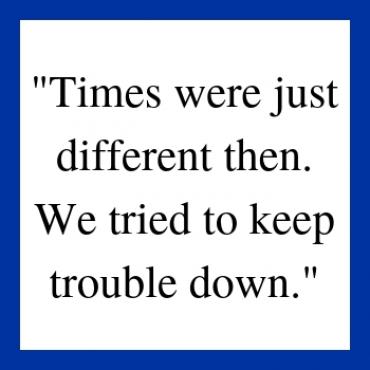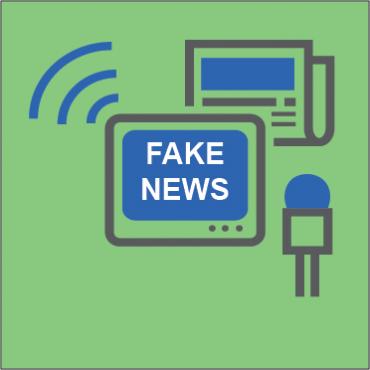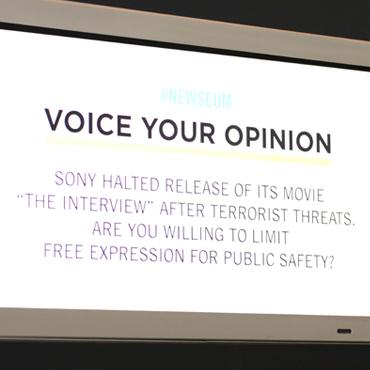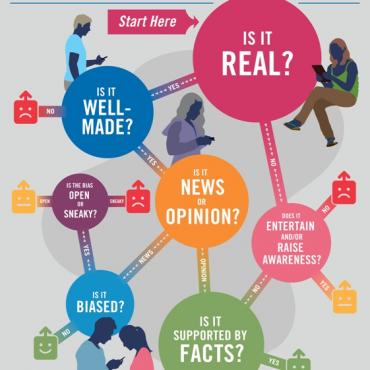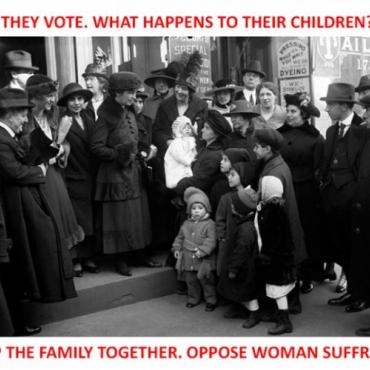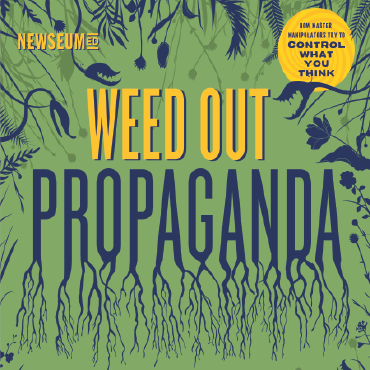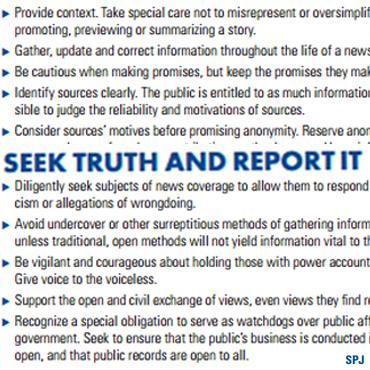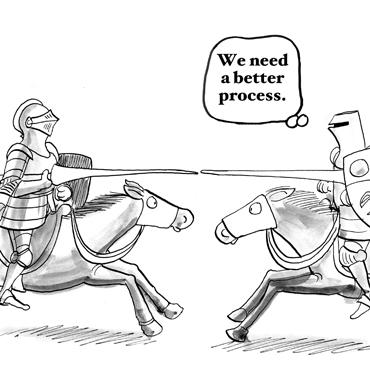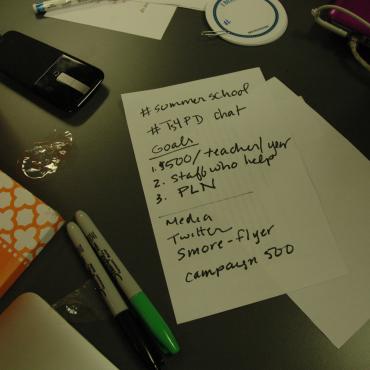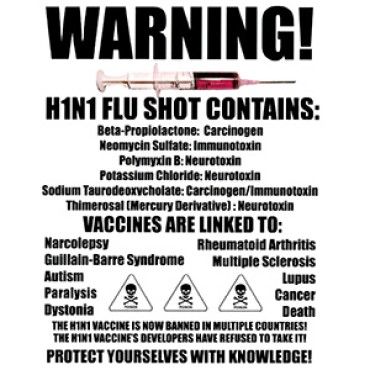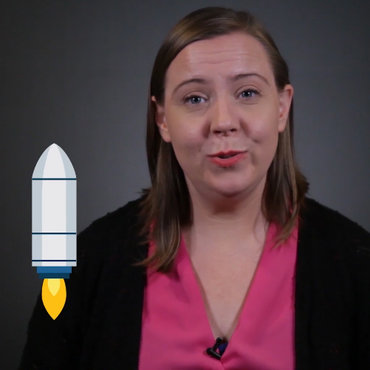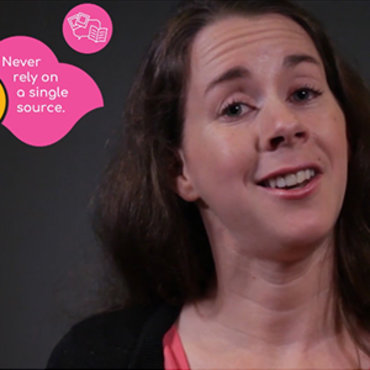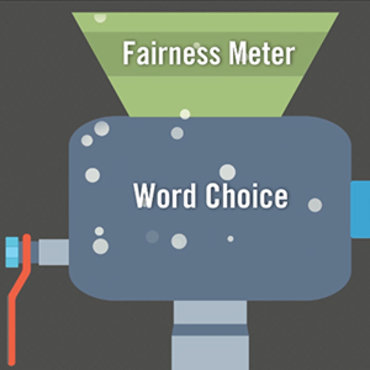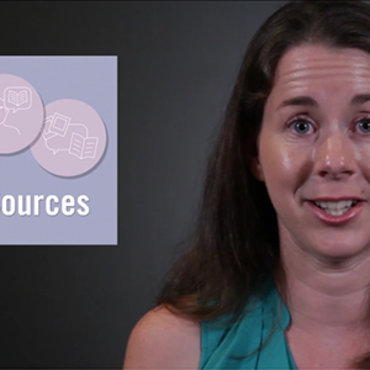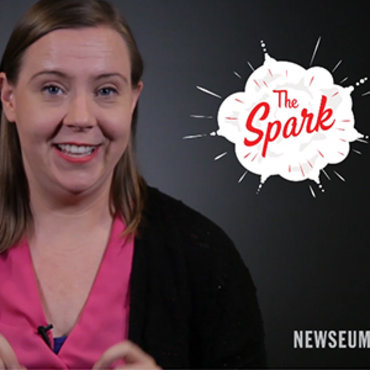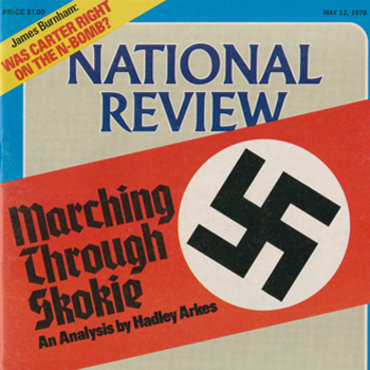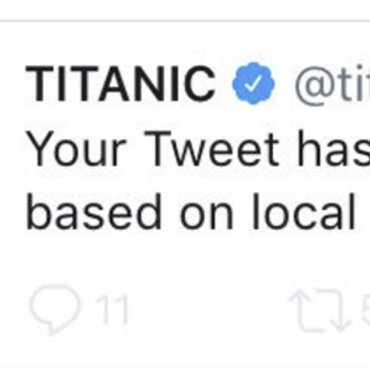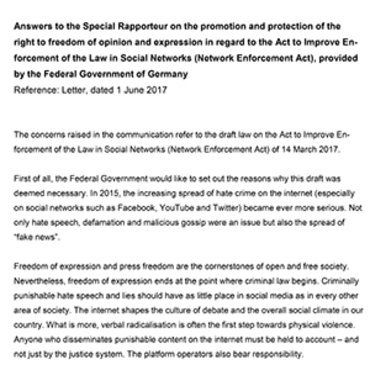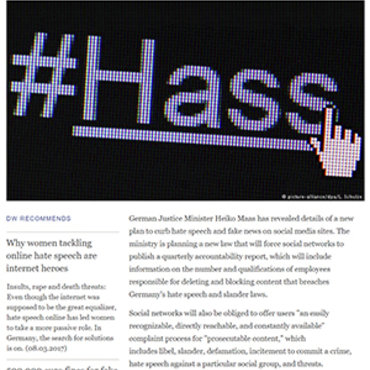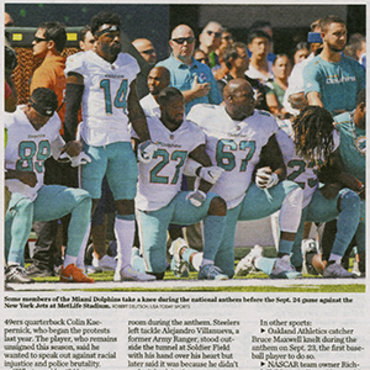Disinformation Nation: Is It Propaganda?
Students will hone their ability to define and recognize propaganda by finding and analyzing advertisements, then applying a three-part definition to determine if they rise to the level of propaganda.
Get even more great free content!
This content contains copyrighted material that requires a free NewseumED account.
Registration is fast, easy, and comes with 100% free access to our vast collection of videos, artifacts, interactive content, and more.
NewseumED is provided as a free educational resource and contains copyrighted material. Registration is required for full access. Signing up is simple and free.
With a free NewseumED account, you can:
- Watch timely and informative videos
- Access expertly crafted lesson plans
- Download an array of classroom resources
- and much more!
- Current Events
- 7-12
- Analyzing Advertising worksheets (in lesson plan download), three per student
- An assortment of ads (printed from online, in magazines, etc.) for students to analyze; alternatively, students can go in search of their own examples
- Internet access to view the Disinformation Nation website and search for ads
- Gauge what students know about propaganda and tell them they’re going to be exploring a complex topic. Explain that even experts don’t all agree on a definition of propaganda, but that there are some characteristics that all propaganda have in common.
- Give students 10 minutes to explore the “How It Works” section of Disinformation Nation. To access this page, click on Propaganda in the main menu at the top of the homepage, then click on the “How It Works” drop-down option. Tell them to pay special attention to the definition of propaganda at the top of the page and to the section on propaganda versus advertising.
- Tell students that they’re going to explore how advertisers borrow from propaganda techniques and see if they can find any ads that they believe fit the definition of propaganda. (Note: DUring election season, you may choose to do this activity using political ads.)
- Give each student three copies of the Analyzing Advertising worksheet and access to the examples you’ve collected; or, give them time outside of class to search for three ad, including at least one that they believe meets the definition of propaganda. Static ads and screenshots of videos can be printed and attached to the worksheets (preferable) or students can sketch or describe the ad. Alternatively, you could copy the worksheet content into a digital document for students to access and/or create online Pinterest pages or Google slide decks for them to add their examples.
- Have students post their completed worksheets to create a display (digitally or on the board/wall) that groups the ads they believe are propaganda and the ads that are not. Allow students to share their process and decisions.
- Use the discussion questions below to prompt further conversation.
- Are there any patterns or shared characteristics between the types of ads you found that were and were not propaganda?
- Does everyone in your class agree about all of your classifications? Why or why not? What might it mean to say that “propaganda is in the eye of the beholder?”
- Which of the four characteristics of propaganda did many ads meet? Which did few meet? Why do you think this is?
- Why is it important to recognize when sophisticated advertising or propaganda is attempting to manipulate your ideas or actions?
-
Common Core State Standards: CCSS.ELA-LITERACY.CCRA.R.1
Read closely to determine what the text says explicitly and to make logical inferences from it; cite specific textual evidence when writing or speaking to support conclusions drawn from the text. -
Common Core State Standards: CCSS.ELA-LITERACY.CCRA.R.8
Delineate and evaluate the argument and specific claims in a text, including the validity of the reasoning as well as the relevance and sufficiency of the evidence.
-
ISTE: 3b. Knowledge Constructor
Students evaluate the accuracy, perspective, credibility and relevance of information, media, data or other resources.



